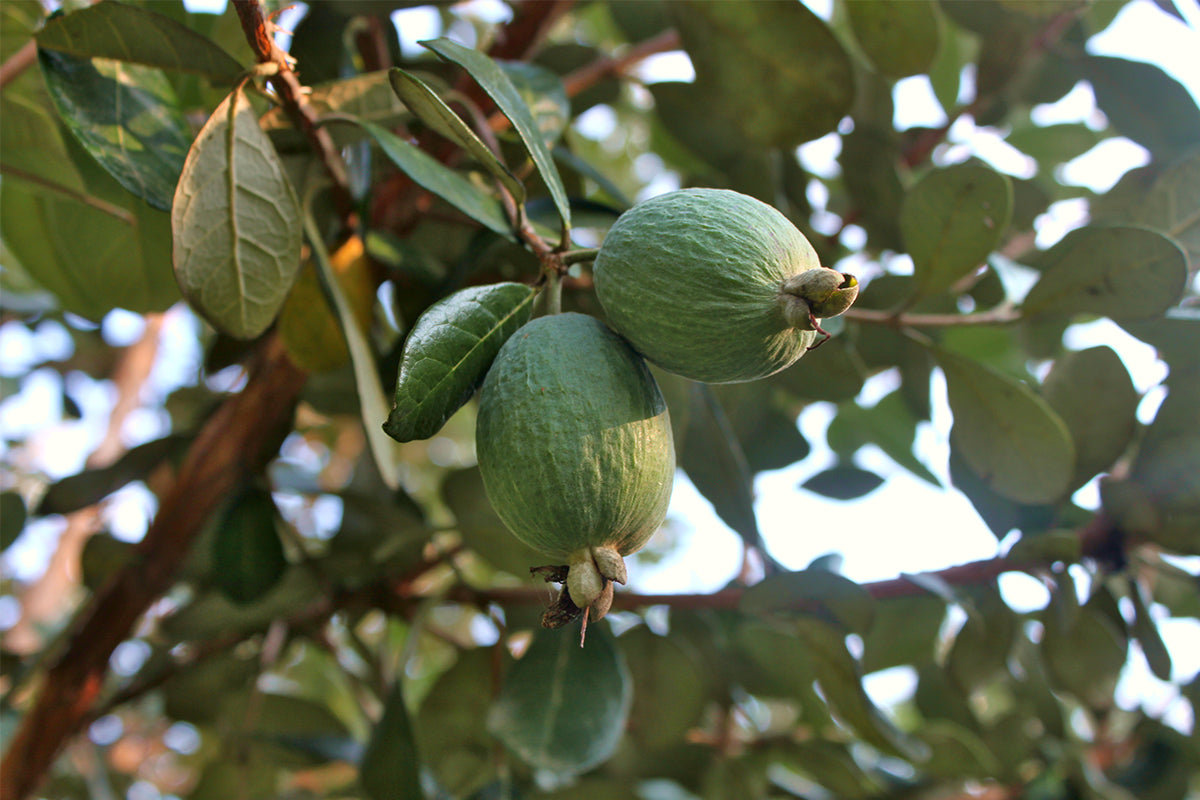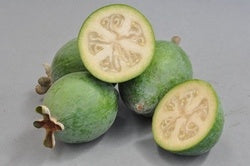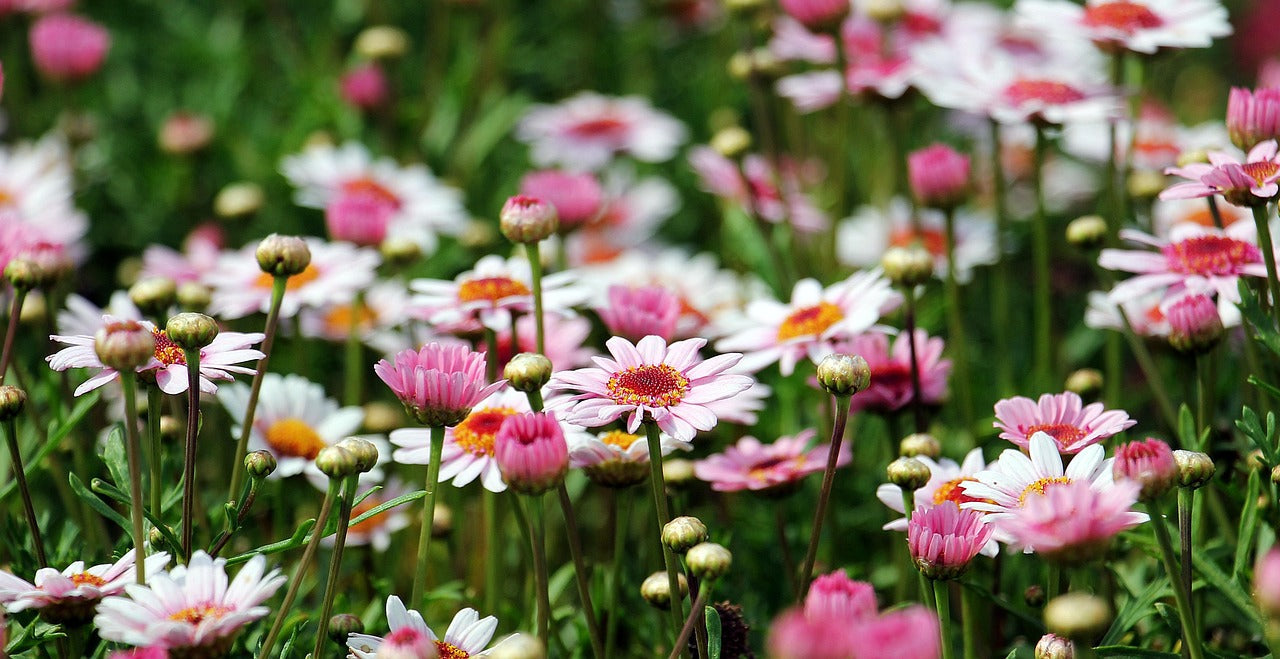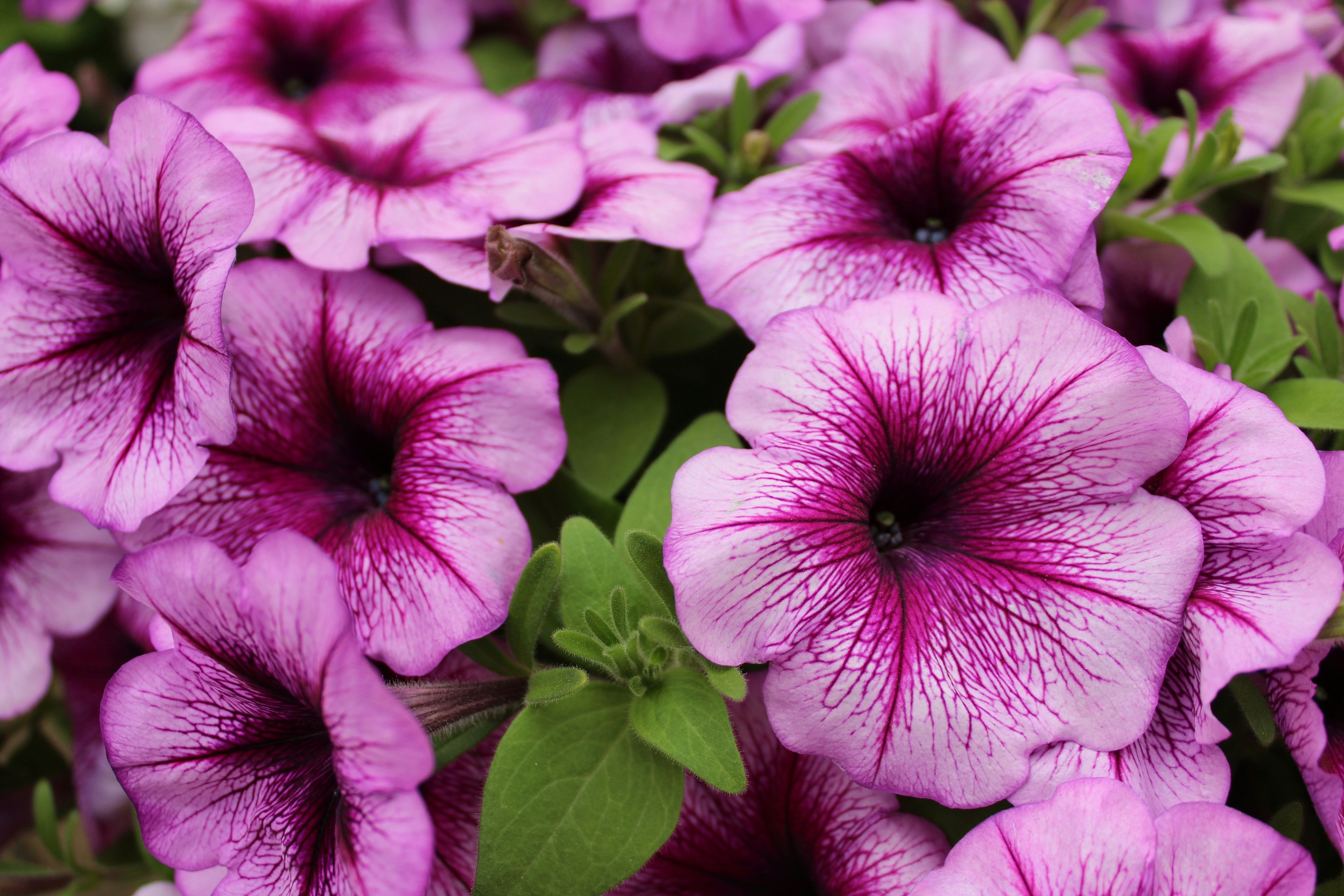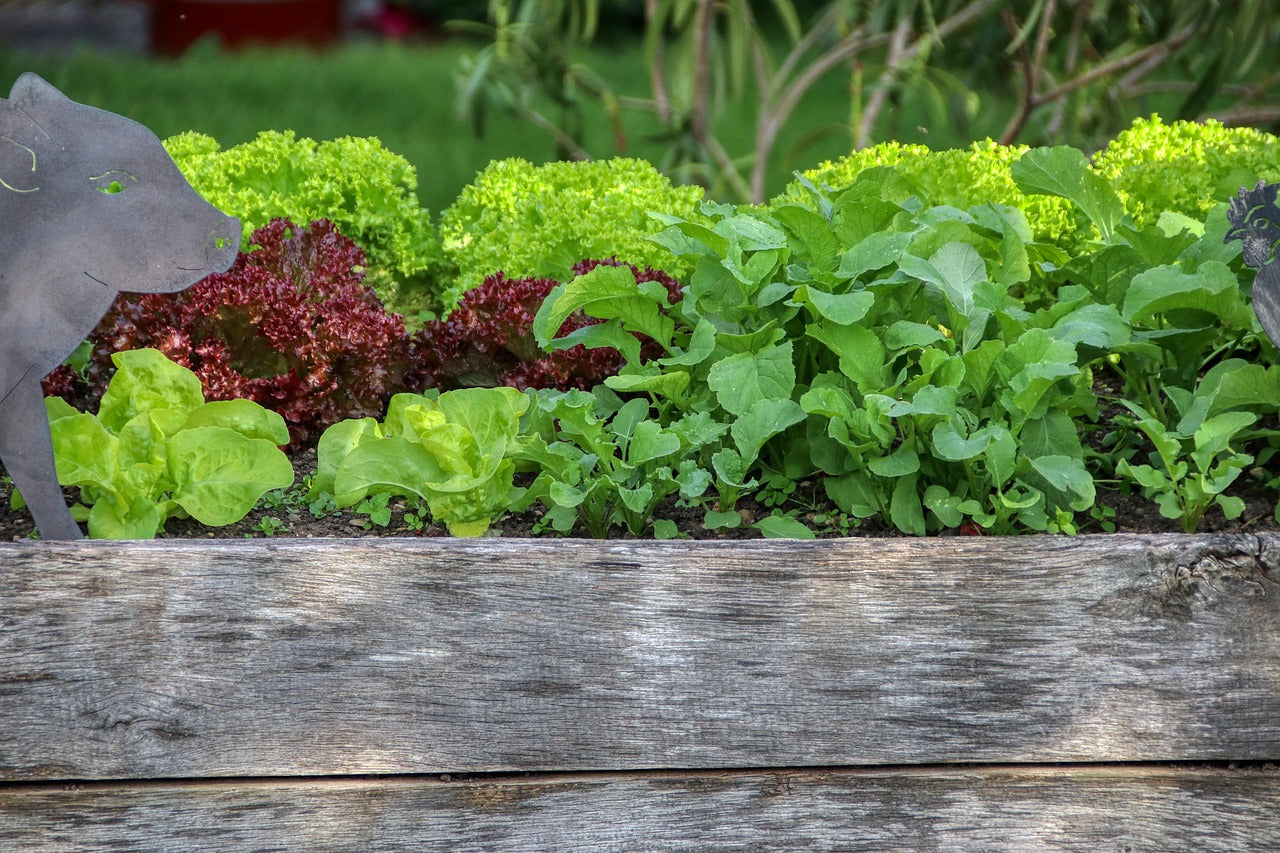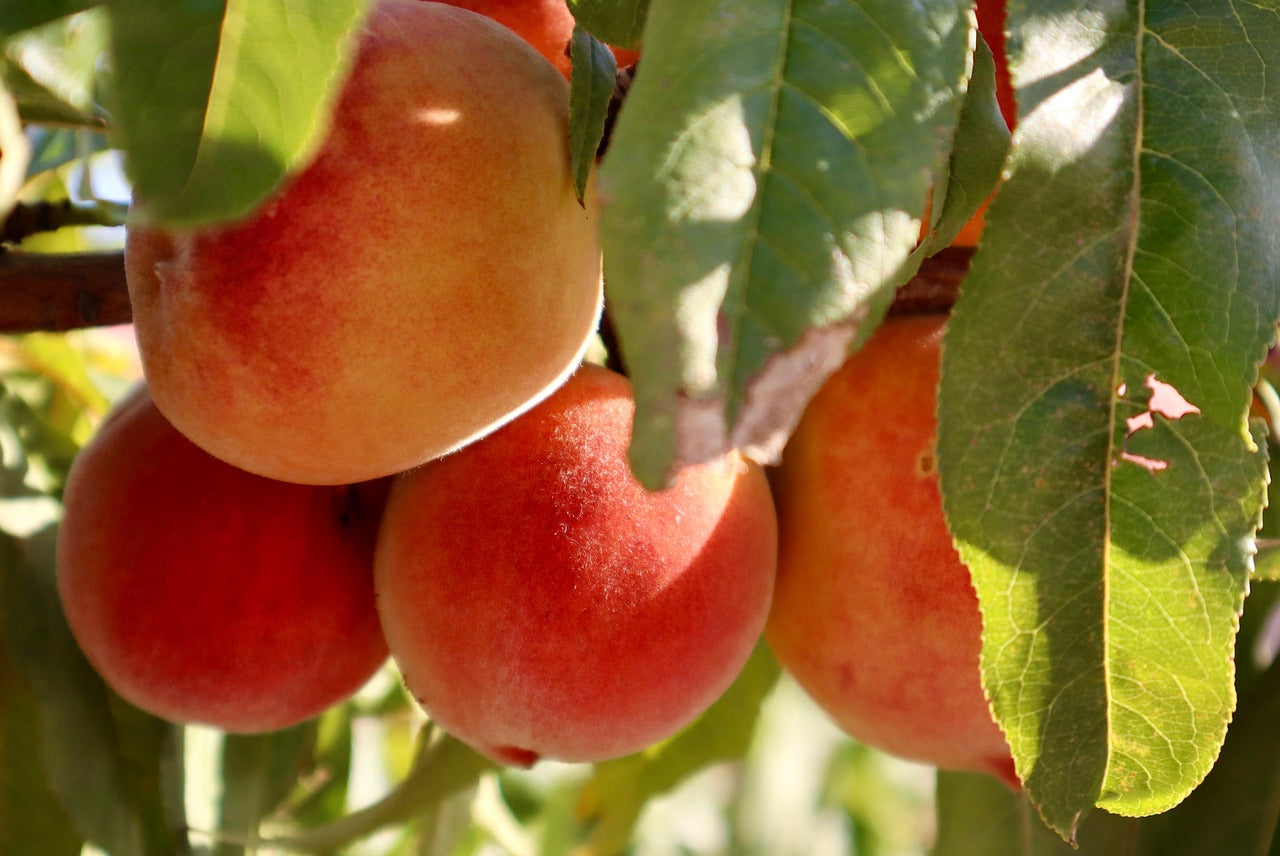How to Grow Feijoas
Grow feijoas in your own garden! There’s nothing quite like being able to walk out to the garden and pick fresh fruit straight off the tree. Not only does homegrown fruit taste best, but it can also save you money! If you’re thinking of adding a feijoa to your garden, read through our tips below before you get planting.
Which variety should I choose?
There are loads of feijoa varieties to choose from and the best variety for you will depend on what you like in a feijoa.
Want large fruit? Try Apollo, Golden Goose (the largest of them all!), White Goose, Wiki Tu, Antoinette, Den’s Choice, Karamea, Mammoth, Opal Star, Kaitere and Kakariki.
Prefer small to medium-sized fruit? Try Bambina, Gemini, Kakapo, Ponamu, Triumph, Unique
Have a small garden? Try compact varieties Bambina, Kakapo, Opal Star, Unique, Wiki Tu
Want to grow feijoas as a hedge? Try Karamea, Apollo, Marion, Triumph
Pictured: Bambina
How to plant
Feijoas are pretty hardy and will tolerate most soils from heavy clay through to sandy soil. When planting the feijoa dig a hole around double the depth and width of the container the plant came in, then fill the hole with a mixture of your existing garden soil and a good quality garden mix. Add blood and bone to stimulate growth. A layer of Mulch around the base of the shrub will help retain moisture in the soil and suppress weed growth. Remember to give the feijoa a good watering after planting.
It is a good idea to stake newly planted feijoas to keep them steady and protect them from wind and the lawnmower.
Feijoas are frost hardy and will survive temperatures as low as -10°C. Their ideal growing environment is full sunlight and protection from strong winds.
Feijoa care
To keep your feijoa healthy and growing, add an NPK fertiliser in early autumn, May, and again in summer.
Feijoas are fairly pest and disease free but recently Guava Moth has been doing damage to feijoa fruit across the country. You can read more about identifying and dealing with Guava Moths here.
Pruning
The best time to prune feijoas is after fruiting has occurred (late autumn/winter). Feijoa shrubs can be pruned at achieve or maintain a certain shape and to stimulate new growth. You can also prune to open up the shrub so birds and insects can have easier access for pollinating. Remove any weak or damaged branches by pruning back to the main trunk.

